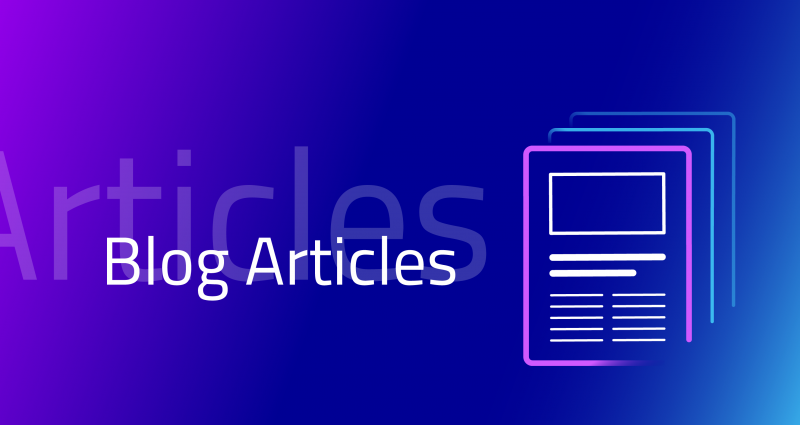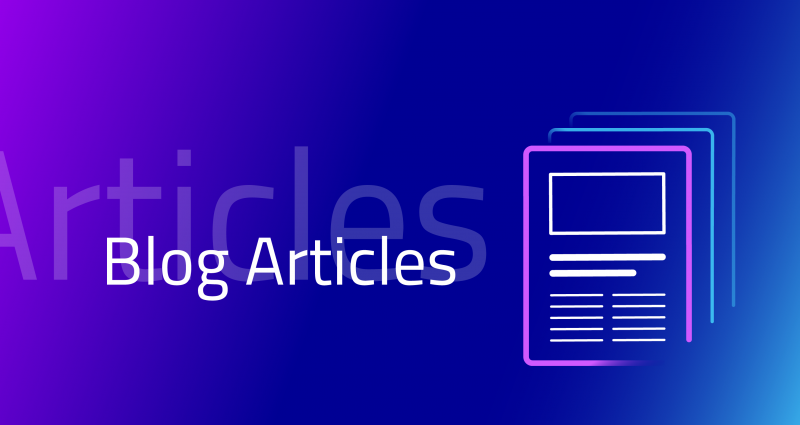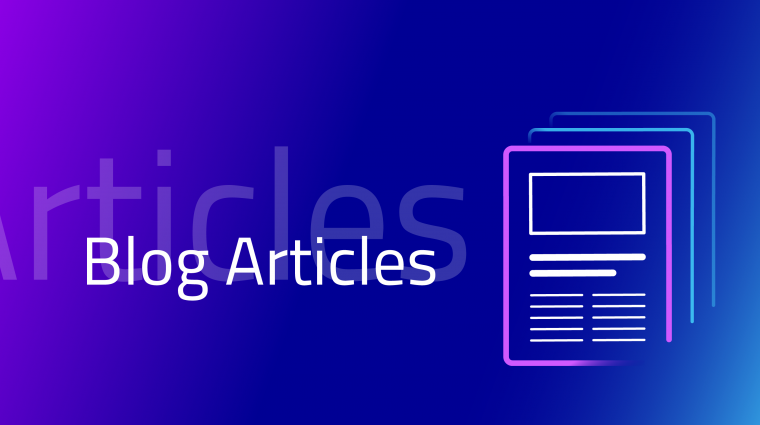
An interview with Harald Wagener, Head of Cloud and IT at the Berlin Institute of Health at Charité
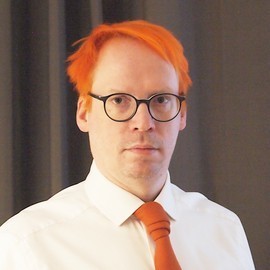
A project headed by the Berlin Charité aims to make data from our smartwatches and fitness apps usable for personalised therapies. The team responsible, led by Harald Wagener, Head of Cloud and IT at the Berlin Institute of Health at Charité, is developing the German “HEALTH-X dataLOFT” as a joint cloud platform for the healthcare sector. In an interview, the computer scientist explains which applications project partners from research and industry are currently working on, and how citizens can retain control over their data in a digital health system.
Mr. Wagener, what makes my smartwatch so useful for healthcare?
Nowadays, our mobile phones, smartwatches and apps are already generating huge amounts of health data. With modern sensors, even consumer devices can measure bio-values such as our motion, pulse, blood oxygen, cardiac endurance or the safety of our gait. In the meantime, some sets of data can go back as far as fifteen years. From this, valuable information can be gained for health services and even individual therapies, for example in the treatment of cancer.
Such bio-values can also be measured in a conventional way.
But at what expense and to what extent? You’d need a medical professional to do it, who could also only collect a small handful of data points. Your smartwatch does this automatically and collects hundreds or thousands of measurement points for important bio-data, day after day, at a much lower cost. Based on this data, medical professionals can make more informed decisions, such as the optimal dose of anaesthesia or chemotherapy, whether you are doing the right exercises for your back at home, or whether an older person needs acute help.
Why can’t I just give data from my fitness app to my doctor?
Because your doctor would be taking a legal risk. She or he is subject to stricter data protection regulations than, for example, the manufacturer of your smartwatch or fitness app. If your doctor wants to use your self-tracking data, as things stand today, she or he must first enter into specific contracts with you and the manufacturer of your device or app. This creates an incredible amount of work that prevents any innovation from taking place in the first place.
What is it that makes the sharing of health data so complicated?
Namely, a gap between the two health markets that has currently still not being bridged: In the primary healthcare market, practices, clinics and laboratories look after the traditional care of patients. Their data may only be processed and shared under strict conditions. In the secondary healthcare market with individual health services, wellness and fitness trackers, the regulations are less strict. Here, data is created that would be of great use in the primary market. Both fields exist in parallel, but do not work together. What is missing are standards and procedures for regulating the transfer from one data protection regime to the other in a legally secure way for all parties involved.
What do you want to change with Health-X?
We are building a bridge between the primary and the secondary health market. Our Health-X dataLOFT platform creates a common data space. Here, citizens can share their health data with doctors, therapeutic staff, clinics and researchers in a legally secure and trustworthy manner. In this health cloud, we want to make the rapidly growing pool of data from smartphones, wearables, apps or devices such as digital scales accessible for data-based approaches in medicine and research.
How can you convince citizens to avail of the new health data space?
By placing them at the heart of our platform concept. Citizens are no longer the type of passive beneficiaries that they have been in the health system; they become active partners. As owners of their data and the most important data providers, they retain full control over their data. In this respect, we aim to increase the acceptance of data-based health solutions and strengthen the digital sovereignty of patients.
How does this work in practice?
The concept of Health-X includes digital access for citizens. The so-called data wallet app gives them control over all of their personal health data. The data wallet app thus becomes a health data cockpit through which the users initially release personal information before third parties are allowed to access it.
How do you protect citizens’ data from unwanted access?
The question of the user’s identity is a tough nut to crack, both conceptually and technically. When accessing data, how do we ensure that a user is really who he or she claims to be? But we don’t have to reinvent the wheel. There are different methods to digitally verify the identity of a user: the new identity card, for example, or the health insurance or electronic health card. In order to find the best solution, we are working together with the “Bundesdruckerei” (the German federal printer) and its renowned identity experts. In addition to reliable identity verification, there are thirteen other milestones in our plan that we want to complete by 2024.
The German Federal Ministry for Economic Affairs is funding Health-X with 13 million Euros. What are you working on specifically?
In our core team, we’re developing the platform technology, building the cloud structures and taking care of project management. Technically, we are building on the work of GXFS-DE. It provides us with the Gaia-X reference architecture and the federation services for transparent data-based cooperation. At the same time, fourteen funded project partners from Germany are working on solutions suitable for everyday use within the framework of four topic fields or use cases.
Our partners include research units of the Fraunhofer Institute, the Free University of Berlin, the TMF (a German technology and methodology platform for connected medical research), think tanks such as the Hasso Plattner Institute, multiple companies and start-ups from the healthcare industry, and cloud and IT companies from Europe. The hub and pivot of our platform will be the data wallet, based on the solution of our partner polypoly, which is designed to enable citizens and patients to have absolute control over their data.
In addition to the technical work, the focus of the project involves two other aspects: firstly, operator models for the platform and use cases; secondly, the users’ perspective, which is integrated throughout the entire course of the project.
Could you give us an overview of the four use cases?
The first use case concerns prevention and how we can age in a healthier way. The data from self-tracking apps, implants and the electronic patient record allow the development of not just more high-performance early warning systems, but also completely new, individual health services.
In the second field, partners are looking for data-based solutions for clinical care. Our pilot project is developing digital solutions to provide cancer patients with better information and more targeted treatment. Here, a high volume of image data from radiology and pathology are linked with findings from the electronic patient record and self-tracking data. The data analysis is supported by artificial intelligence.
The third use case covers the broad field of personalised health services: for example, a doctor could use genetic data to allow a much more reliable check of how well his or her patient tolerates a certain medication. Connected data also helps in the treatment of back pain or in the early detection of cardiovascular diseases.
In the fourth use case, our partners develop practical solutions for donating data for research purposes. With Health-X, citizens should be able to make their health data available to science on an anonymous and mobile basis.
At Health-X, you have an economic expert on board, with the specific intent to research data-based business models for the healthcare sector. What economic opportunities do you envisage?
The interconnection of both healthcare markets enables new services and financing models, not only for the secondary market, but also in the core sector in the form of digital health, care and supply services. For example, a standardised data ecosystem for healthcare will simplify existing approaches such as an app for prescriptions. Interfaces no longer have to be contractually agreed between all participants for each new application. Common standards and architectures will noticeably reduce the transaction costs for digital services.
The new services are marketed both privately and as traditional health insurance services. We are also working on business models in the “as-a-service model”, in which third parties use the Health-X infrastructure as cloud services on demand. Other conceivable approaches include paying citizens directly for the data provided or releasing data for their health insurer’s services. One way or another, the focus is always on the patients, who decide individually what should happen with their health data.
Why is Charité driving the development of a shared data ecosystem in this sector?
At the Berlin Institute of Health at Charité, we have always worked under the leadership of Prof. Roland Eils in transmitting research results and new technologies into medical practice. This also applies to data-based solutions. All in all, this means we have a lot of experience in this field. This also gives us the necessary network and, in no small measure, the necessary trust among all those involved in the industry. No one alleges that we have one-sided economic interests in this project.
The “X” provides the tip-off: Health-X is part of Gaia-X. Why are you looking to connect to the European cloud ecosystem?
Not even the German health industry, with its annual expenditure of more than 400 billion Euros, would be big enough to single-handedly develop standards, procedures and technologies for data-based services. Even the German economy is too small for that. We live and work in a Single Market with hundreds of millions of citizens and are part of the global economy. For the data age, we need framework conditions that apply at least to the whole of Europe. This is exactly the claim Gaia-X makes, based on the stringent European data protection standards. Our cloud platform Health-X dataLOFT utilises standards, reference architecture and the Gaia-X Federation Services. On this foundation, our healthcare data space is interoperable with other data spaces and their stakeholders.
Gaia-X has been subjected to mounting criticism in recent months. What chances of success do you see for the endeavour to establish European rules for the data era?
I am optimistic about this. If you are active in Gaia-X, you see that ninety per cent of the participants do not receive or apply for funding and still drive their projects forward with great commitment. Funding is certainly not the only motivator. In addition, the German Federal Ministry for Economic Affairs has invested a great deal, 230 million Euros. The second, lapsed tranche was disproportionately smaller than the first. But on the other hand, I notice that the momentum for Gaia-X is steadily increasing.
Mr Wagener, thank you for the interview.
Andreas Weiss & Thomas Sprenger
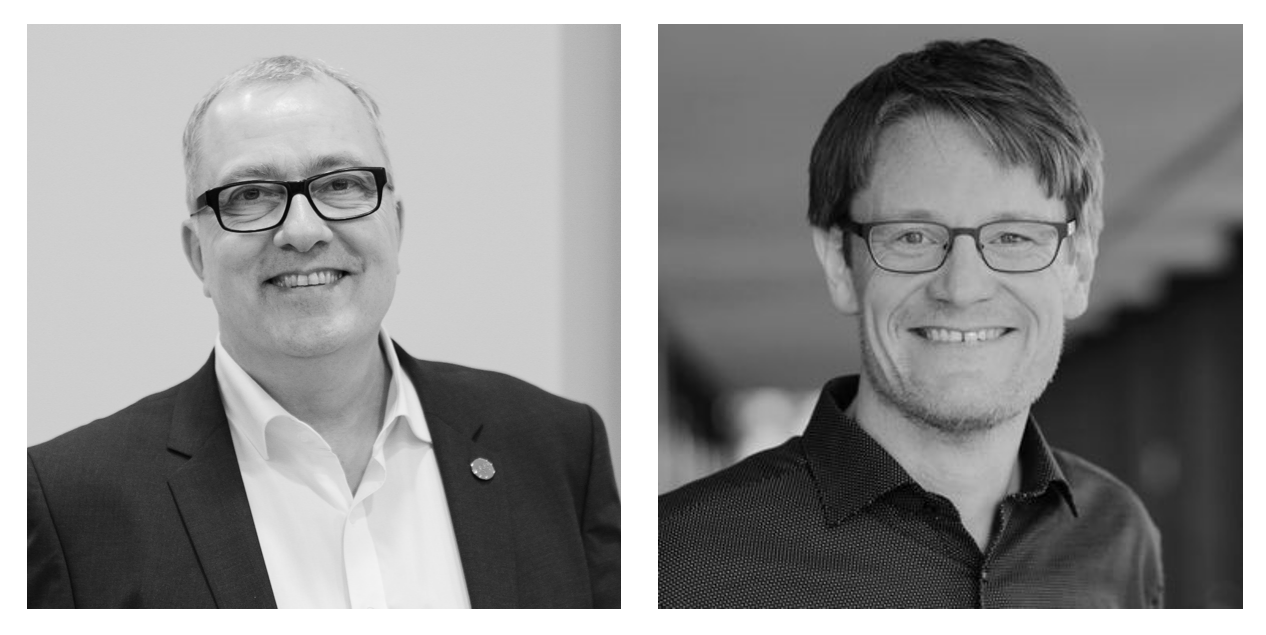
Every month on LinkedIn and www.gxfs.eu
Every month from now on, we will guide you through the world of Gaia-X on LinkedIn and www.gxfs.eu. Our analyses and interviews give background and insights into how a European initiative and its collaborators want to create an ecosystem for value creation from data.
Heading this series of articles is Andreas Weiss. As Head of Digital Business Models at eco as well as Director of EuroCloud Deutschland_eco, Andreas Weiss is well connected and familiar with the Internet and cloud industry in Europe. He brings his experience to Gaia-X Federation Services (GXFS), whose project teams are responsible for the development of Gaia-X core technologies. Led by eco, the GXFS-DE project is also funded by the German Federal Ministry of Economic Affairs and Climate Action and is in close exchange with the Gaia-X Association for Data and Cloud (AISBL). Weiss is supported on this blog by Thomas Sprenger, an author and copywriter who has been writing about the digital transformation for twenty years.
Originally published here.
